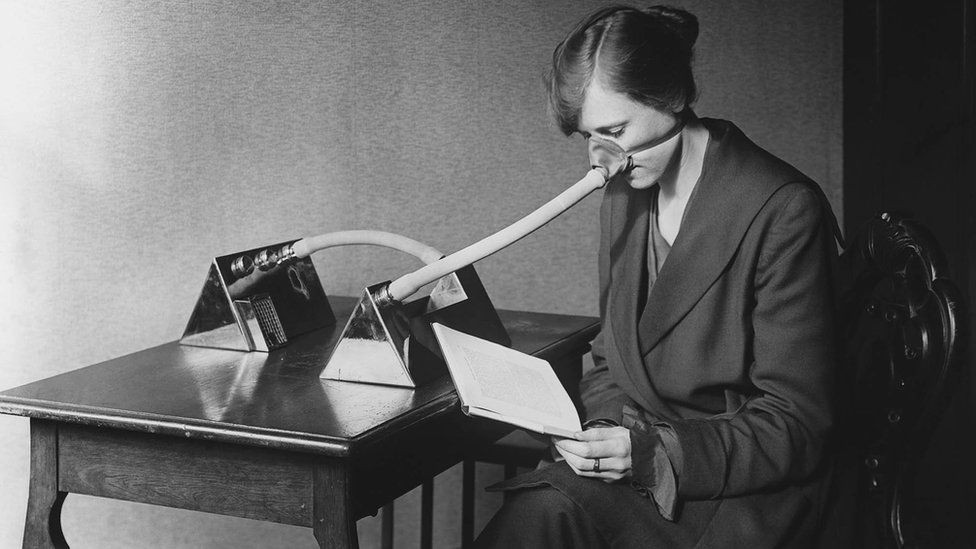It is dangerous to find a striking resemblance between the Spanish flu in 1918 and the current corona virus outbreak, as the Spanish flu killed nearly 50 million people worldwide.
However, Code 19 is a completely new disease that mostly affects the elderly, while the influenza in 1918 affected people in their 20s and 30s around the world who had strong immune systems.
But the steps that governments and individuals have taken to stem the spread of the current infection are a reflection of earlier steps.
Public Health England studied the outbreak of the Spanish flu to prepare its initial emergency plan against the corona virus, the main lesson of which is that the second wave of the disease that came in the fall of 1918 was more severe than ever. Proved fatal

The country was at war in May 1918, when he was first killed. Like many other governments, the British government was in its grip. It seems that the British gave more importance to war efforts rather than preventing deaths from the flu. According to a 1919 report by Sir Arthur Newsholm for the Royal Society of Medicine, the disease spread like wildfire to military vehicles and armament factories and buses and trains.
But in July 1918, he advised people to stay at home and avoid large gatherings if they were ill, but the government buried his memory. Sir Arthur argued that many lives could have been saved if his rules had been followed. However, he added: "There are national situations in which the biggest duty is to 'keep going', even if it endangers health and life." In 1918 there was no cure for influenza and no antibiotics to treat a complex disease like pneumonia. The hospital soon gave up.
No central lockdown was imposed to prevent the spread of the infection, but in some cases many theaters, dance halls, cinemas and churches were closed for months. Bars that were already subject to war restrictions at all times were mostly open. The Football League and FA Cup were canceled due to the war, but no attempt was made to cancel other matches or restrict crowds. Men's teams competed in local competitions, and women's football, which attracted large crowds, continued to be plagued by epidemics.
In some towns and cities, the streets were sprayed with disinfectants and some people wore masks to prevent germs in their daily lives.
Public health messages were not clear and there was as much fake news and conspiracy theories as there is today, although general ignorance about healthy lifestyles did not help. In some factories, smoking rules were relaxed on the assumption that cigarettes would help prevent infection. During a general debate on the epidemic, Conservative MP Claude Luther asked: "Is it true that taking cocoa three times a day is a sure way to prevent influenza?" Pamphlets were distributed and warnings were issued as part of a campaign against the spread of the disease through coughing and sneezing. Clean your nose to the inside, force yourself to sneeze at night and in the morning, then take a deep breath. Don't wear a muffler, walk fast and walk home from work and eat plenty of porridge.
No country survived the epidemic of 1918, although its effects and the government's efforts to save its populations varied widely. In the United States, some states have imposed quarantines on their citizens, which have been commonplace, while others have tried to make it mandatory to wear a mask. Cinemas, theaters and other entertainment venues were closed across the country.
New York was best prepared than most American cities because it had already run a 20-year campaign against tuberculosis, resulting in lower mortality rates. However, the city's health commissioner came under business pressure and had to keep markets open, especially movie theaters and other entertainment venues. Like today, fresh air was seen as a possible deterrent against the spread of infection, leading to some conscious solutions to keep society open. But in many American cities, especially in places of worship, large-scale gatherings proved impossible.
By the end of the epidemic, the death toll in the UK was 228,000 and a quarter of the population was said to be infected. Efforts to eradicate the virus have continued for some time, with the population now more aware of the potentially deadly nature of seasonal influenza.
















0 Comments